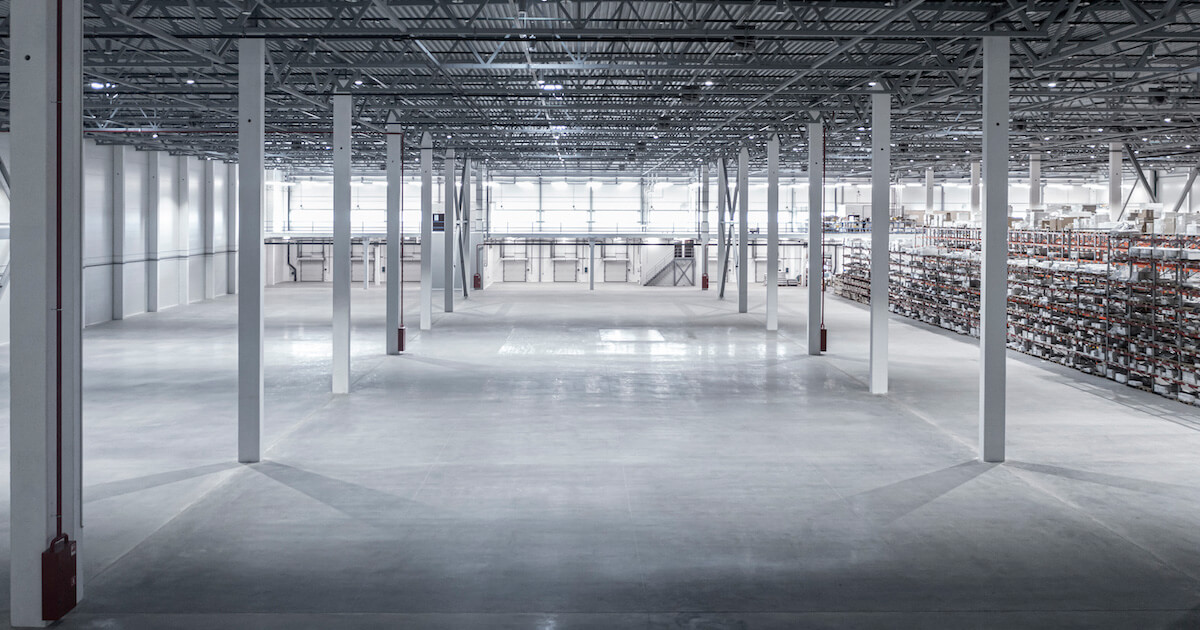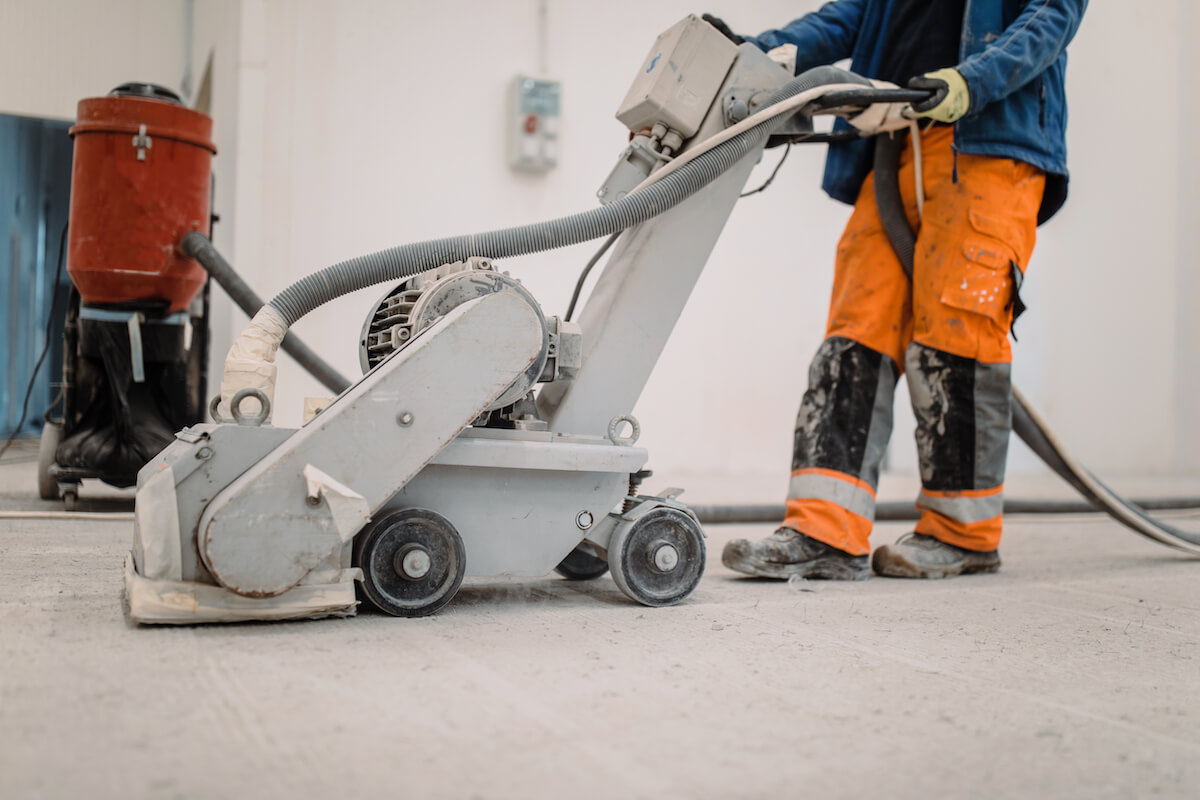
As construction of EVs and associated battery manufacturing facilities ramps up, one thing is clear: Automakers, governments, and the market all want these complex factories commissioned fast.
It’s easy to see why.
With the dollar value attached to these projects, what builder wouldn’t work their hardest to finish under budget and pocket a percentage of the savings?
And then there’s the strong demand among practically all stakeholders to reduce reliance on fossil fuels. Even the notoriously risk-averse automotive OEMs are shelling out billions to help build these facilities, a clue that they are confident in a significant return on the investment.
Finally, governments are lately generous in incentivizing the rapid scale-up of EV and battery manufacturing capacity. Grants and cheap loans make it a no-brainer for ownership groups to race to qualify for a seat directly in front of the public money hose.
What’s all this got to do with stopping water vapor transfer (WVT)?
Concrete flooring is instrumental to the anatomy of EV assembly plants, battery manufacturing facilities, and battery recycling operations. This sector’s building boom will draw in a greater and greater share of specifiers who are likely unfamiliar with the phenomenon, much less what they can do to prevent it under intense deadline pressure.
I see a knowledge gap opening up. Let’s try to close it.
Coating "green" concrete: a red flag?
New concrete contains water, and it won’t cure unless that water escapes.
If a concrete floor coating is applied before the concrete cures, WVT is likely to occur. The water must go somewhere, and it takes the path of least resistance. Often, that is upward through a concrete slab. If a coating is applied to concrete too soon, WVT can lead to blisters and bubbles that indicate it has come unstuck from the substrate.
ASTM’s D4263 (plastic sheet), F1869 (calcium chloride), and F2170 (relative humidity) testing methods were developed to help applicators be certain that concrete is sufficiently dry before applying a coating.
Construction teams have been frustrated by the basic facts of concrete’s cure process for about as long as concrete has existed. Thoughtful phasing and staging of construction has traditionally helped sidestep the frustration, and to a degree it still does. But today, that’s not enough.
Increasingly, construction programs emphasize working over “green” concrete, which has empowered specifiers with greater latitude in selecting more costly specialty concrete formulas containing quick-cure additives or densifying agents so that curing time is reduced.
Schedule savings beats material savings every time, right?
Here’s the problem: Just as additives influence concrete cure characteristics, concrete formulas influence the application and performance of protective coatings.
For one example, some curing accelerators are made of materials containing crystalline structures that reduce the porosity of concrete. Is the specified floor coating formula compatible with the concrete? Will it stick?
For another, the addition of densifying agents reduces the amount of water needed in a concrete mix. Less water needing to escape means a faster cure, which allows crews to resume work on newly poured concrete sooner. But denser concrete also makes it much harder and more time-intensive to achieve the proper surface profile a coating needs to adhere properly. Does the schedule account for those added labor hours? Does the budget accommodate the extra equipment and materials that are warranted?

And don’t forget about the potential that additives will influence the compressive strength of concrete. Some concrete floor coating manufacturers—my own employer included—refuse to allow application of their products unless compressive strength testing results exceed 250 psi (1,724 kPa).
Innovations in protective coating technology have a role to play. One which I find particularly exciting is Dudick’s Vapor-Stop. The product depends on water to cure properly. Want to guess where that water comes from? Of course, it isn’t the universal solution to WVT. Nothing is.
The point is, if it’s still risky to work over green concrete, then at least it’s less of a red flag today than in the past. Project management has improved with the adoption of more coordinated construction delivery methods. And construction teams today are equipped with more advanced materials that allow them to turn old ways of thinking and building upside down.
But the big question remains
Where, really, is the savings?
In EV and EV battery facility construction, today’s specifier plays a critical—if perhaps hidden—role in securing fast, efficient, and profitable construction delivery. But they will not find the answer here.
They will find it when they leverage the emerging coalitions of specialty concrete coating manufacturers and applicators who work together to bring better overall value to construction projects.
So it’s up to the folks like me to say, “Hey, we’re here, and here to help.”

